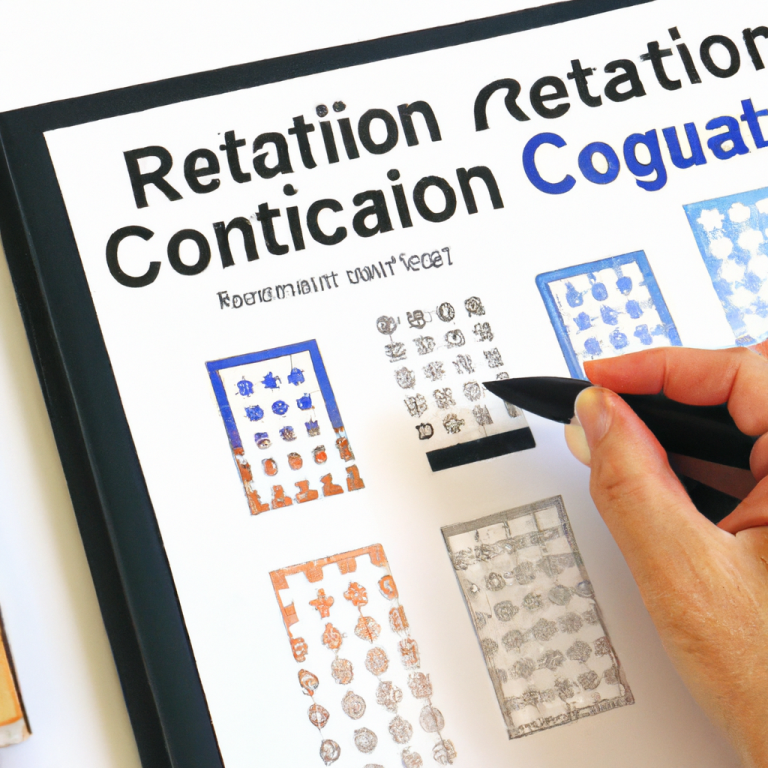Identifying Key Support and Resistance Zones
Support and resistance zones are crucial areas on a price chart where the price tends to react in a predictable manner. By identifying these key zones, traders can make more informed decisions about when to enter or exit trades. Here are some tips on how to identify key support and resistance zones:
Understanding Support and Resistance
Support and resistance are levels on a price chart where the price tends to bounce off or reverse direction. Support is a level where the price tends to find buying interest and bounce higher, while resistance is a level where the price tends to find selling interest and reverse lower.
Identifying Key Support Zones
- Look for areas where the price has bounced off multiple times in the past.
- Use trendlines to identify areas where the price has consistently found support.
- Pay attention to round numbers and psychological levels, as these can often act as support zones.
Identifying Key Resistance Zones
- Identify areas where the price has reversed lower multiple times in the past.
- Draw trendlines to connect the highs of the price chart and identify potential resistance zones.
- Keep an eye on previous swing highs and lows, as these can also act as resistance zones.
Using Indicators to Confirm Support and Resistance Zones
There are several technical indicators that can help confirm the presence of support and resistance zones. These include moving averages, Fibonacci retracement levels, and pivot points. By using these indicators in conjunction with price action, traders can increase the probability of successful trades.
Testing Support and Resistance Zones
Once you have identified key support and resistance zones, it is important to test them to see if they hold up over time. Look for instances where the price approaches these zones and observe how it reacts. If the price consistently bounces off these levels, it is a good indication that they are valid support and resistance zones.
Overall, identifying key support and resistance zones is essential for successful trading. By understanding how to identify these zones and using them in conjunction with technical indicators, traders can improve their trading strategies and make more informed decisions in the market.










